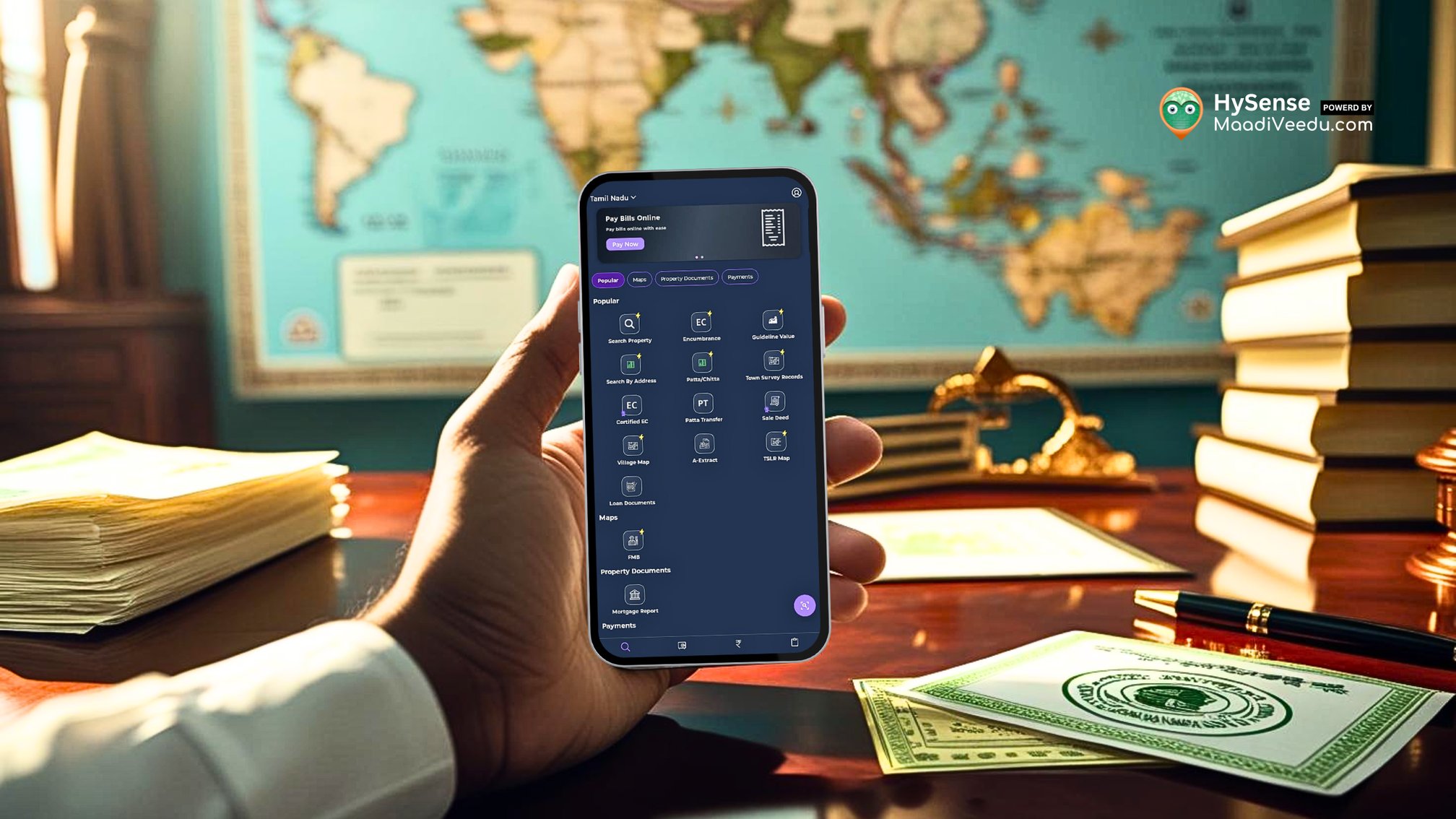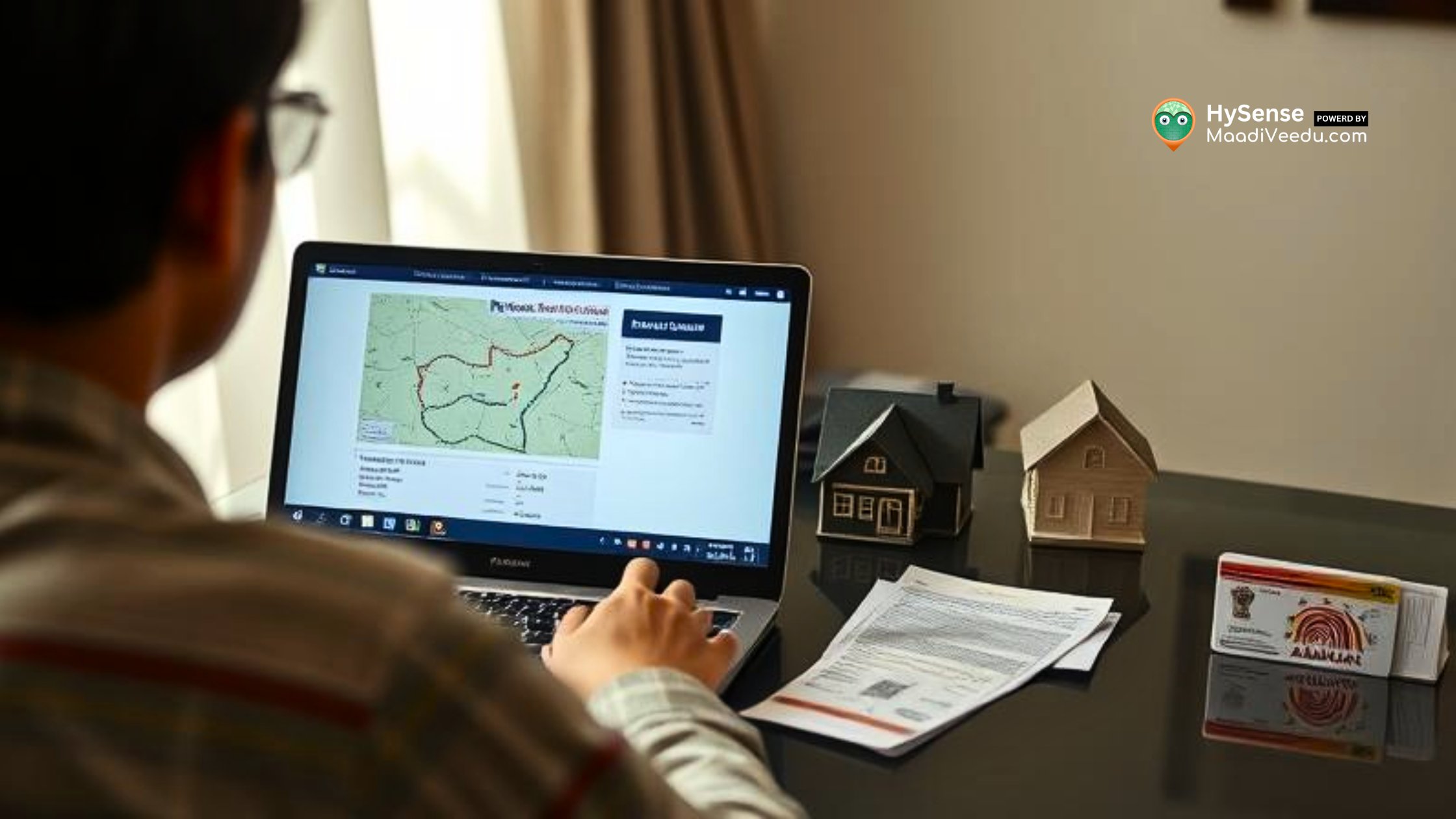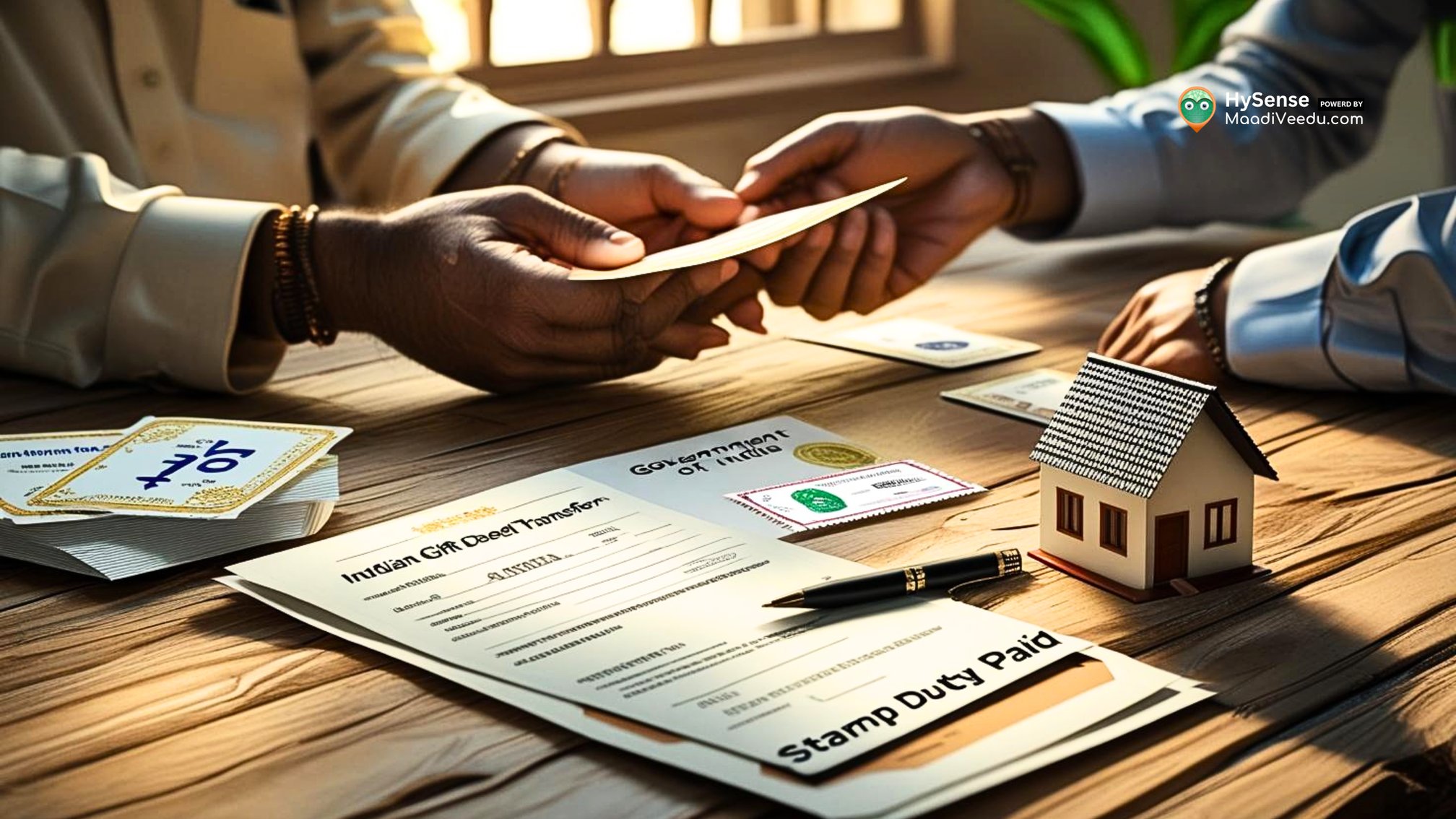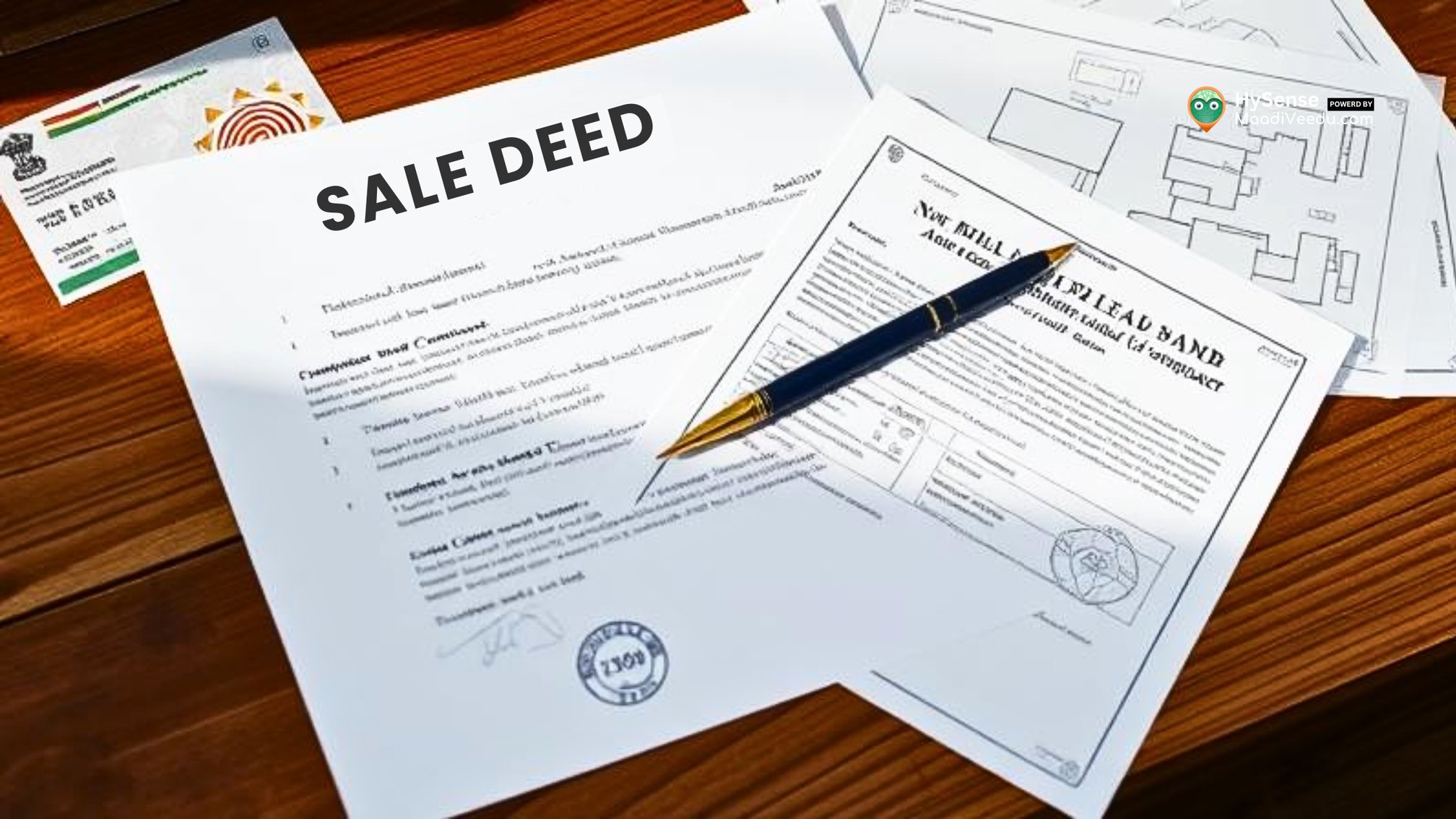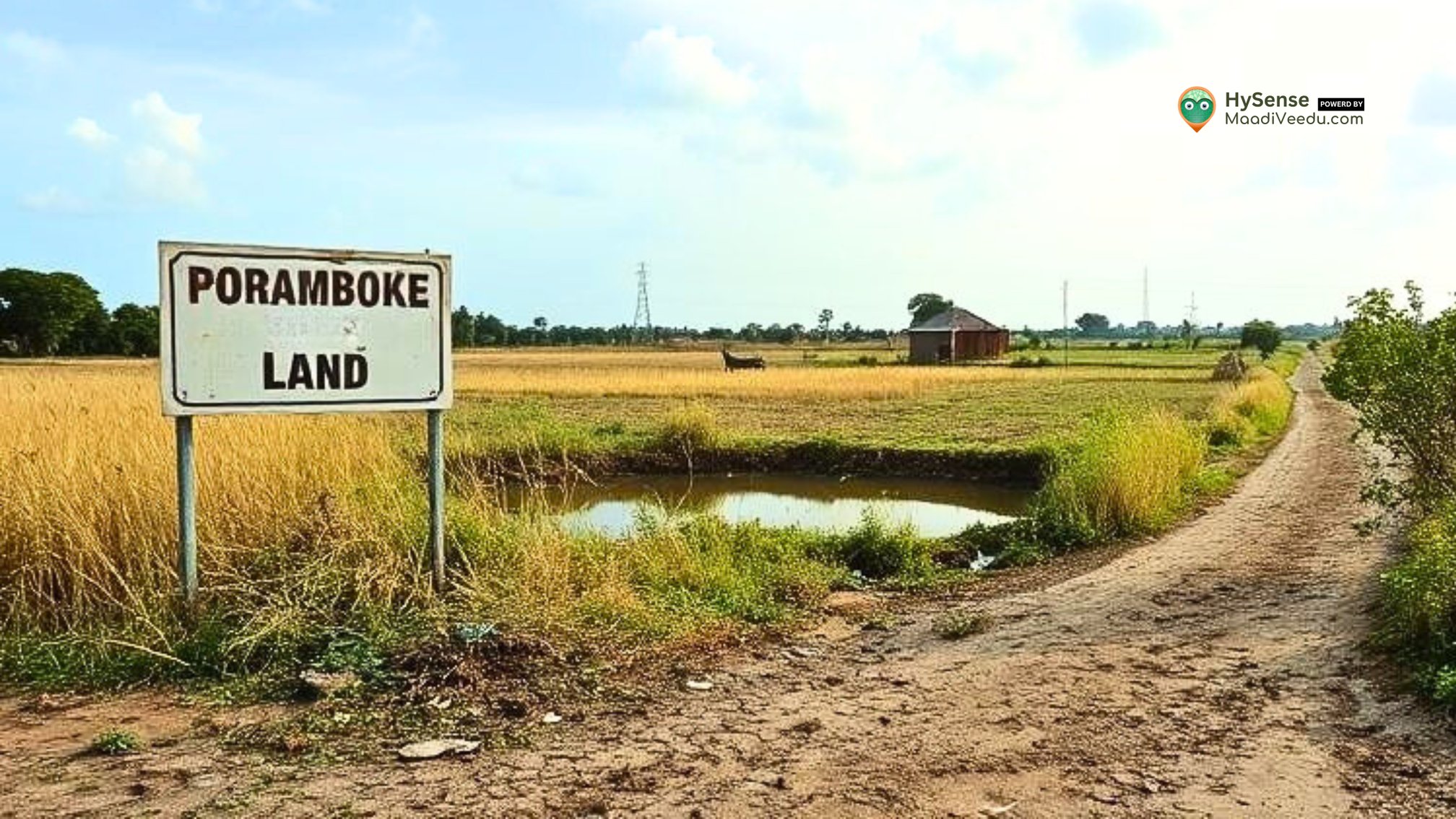How Do I Calculate Stamp Duty and Registration Charges? 5 Easy Steps
Learn how to calculate stamp duty & registration charges in 5 simple steps. Avoid hidden costs & plan your property purchase with confidence.
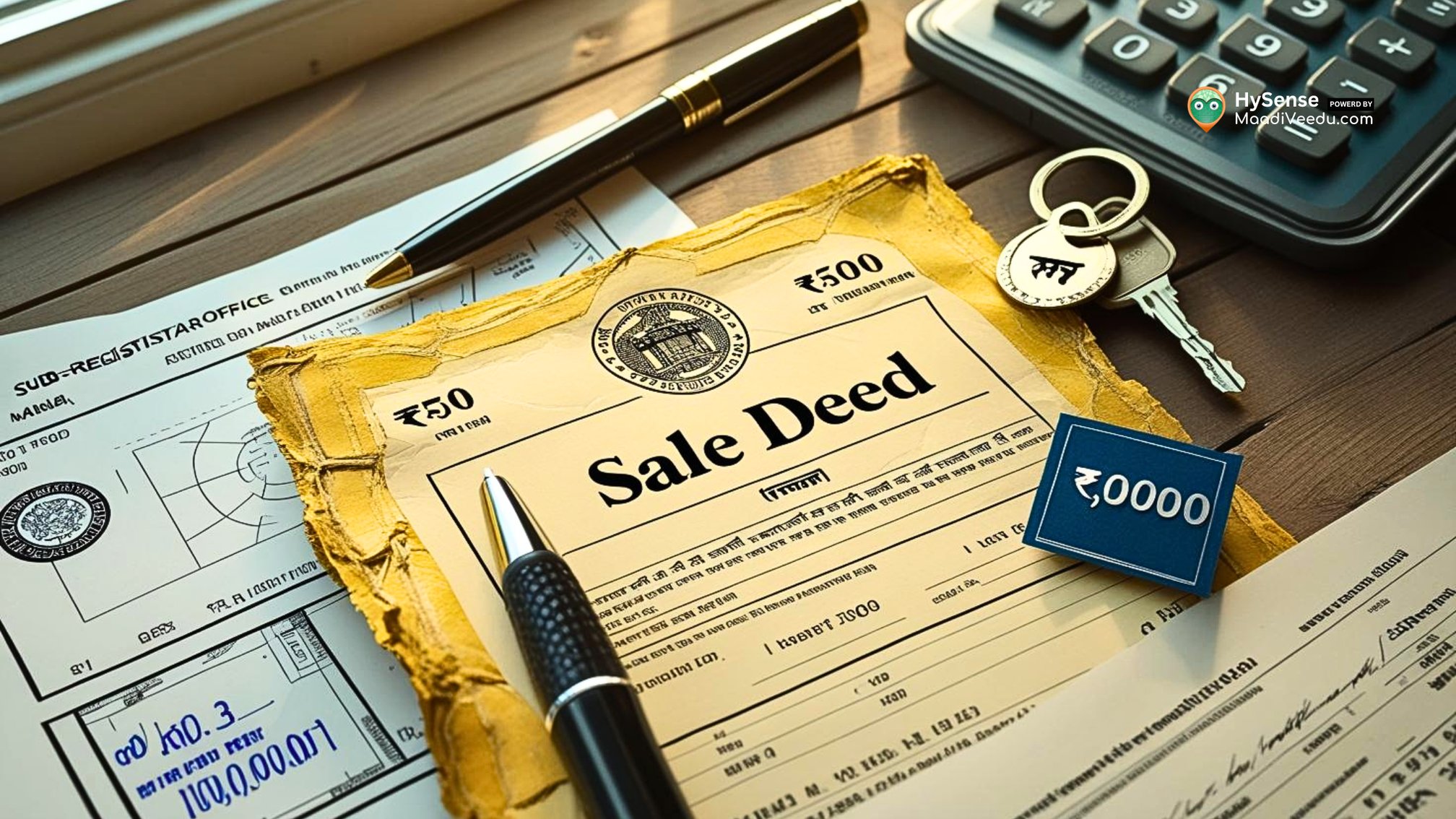
Table of Contents
Why You Must Not Ignore These Hidden Costs
Buying property isn’t just about negotiating the price per square foot or choosing a location. A big part of the real cost lies in what most people forget — stamp duty and registration charges. These aren’t optional; they are mandatory government fees, and if you don’t plan for them, you might find yourself short on funds during the final step of your purchase.
This blog helps you understand how these charges are calculated, why they vary, and what exactly you need to prepare for — whether you're buying a home, commercial space, or even a plot. It’s not just theory — real examples, insights, and expert-backed tips are included.
For those currently exploring real residential or commercial property options, here's a list of verified properties with updated legal charges included.
Step 1: What Are Stamp Duty and Registration Charges? (Don’t Just Google Definitions)
Let’s simplify it:
- Stamp Duty is a tax you pay to the state government when you buy a property. This legalizes your ownership and gives legal validity to your sale deed.
- Registration Charges are the fees you pay for officially recording the property in your name at the Sub-Registrar Office.
Without paying these, your purchase isn’t legally recognized.
📝 Key insight: These charges can be 5% to 12% of your property’s value depending on where and what you're buying. On a ₹50 lakh flat, this can mean an extra ₹3–₹5 lakh.
Step 2: Understand What Affects Stamp Duty (This Is Where Most People Go Wrong)
Stamp duty is not fixed across the country. Here's what can affect it:
Property Location
Each state sets its own rates. For example:
- Maharashtra: 5%
- Tamil Nadu: 7%
- Delhi: 6% for men, 4% for women
Even cities vs rural areas in the same state can differ.
Property Type
- Residential properties usually attract lower duty.
- Commercial or industrial spaces often attract higher rates.
Buyer’s Profile
- Women buyers often receive a 1% to 2% concession in many states.
- Some states provide benefits to senior citizens or first-time buyers.
Ownership Type
Joint ownership (husband and wife) can also reduce your total cost, depending on the state.
🔍 Tip: Check your State Registration Department website. Most offer a free calculator tool.
Step 3: Learn the Full Cost of Registration – Not Just the Percentage
Most buyers think it’s just a small extra charge, but that’s a mistake. Here’s the truth:
What’s Included in Registration Charges?
- Basic Registration Fee: Generally 1% to 4% of the property value.
- Document Handling Charges: Charges for indexing, scanning, and record keeping.
- Affidavit Charges: Notarised affidavits for joint ownership or other legal conditions.
- Miscellaneous Admin Fees: Small costs that can total a few thousand rupees.
Example – Chennai Flat for ₹60 Lakhs:
- Stamp Duty @ 7% = ₹4.2 Lakhs
- Registration @ 4% = ₹2.4 Lakhs
- Miscellaneous Legal/Admin = ₹15,000 (approx.)
- Total Transaction Charges = ₹6.55 Lakhs
So, the actual cost of your ₹60 lakh property is closer to ₹66.5 lakh.
Step 4: How to Calculate Your Total Property Transaction Costs (5-Point Checklist)
Here’s a step-by-step breakdown that anyone can follow:
✅ Step-by-Step Property Fee Calculator:
- Confirm the Market Value: Use government ready reckoner rate or sale deed amount (whichever is higher).
- Check Your State’s Stamp Duty Rate: Refer to official government site (don’t trust random online blogs).
- Calculate Stamp Duty: Multiply the rate by the property value.
- Add Registration Charges: Usually 1% of value, plus fixed admin charges.
- Include Legal & Miscellaneous Costs: Lawyer fees, document verification, affidavits, etc.
🧮 Formula Example:
Total Cost = Property Price + Stamp Duty + Registration Fee + Legal Charges
Step 5: Practical Examples You Can Relate To
✅ Example 1 – Residential Flat in Maharashtra
- Value: ₹50,00,000
- Stamp Duty (5%) = ₹2,50,000
- Registration (1%) = ₹50,000
- Total = ₹3,00,000 extra
✅ Example 2 – Commercial Space in Delhi
- Value: ₹1,00,00,000
- Stamp Duty (6%) = ₹6,00,000
- Registration (0.5%) = ₹50,000
- Total = ₹6,50,000 extra
💡 Tip: If the property is jointly owned by a man and woman, some states offer combined concessions.
Hidden & Overlooked Charges You Should Know
Here are less talked-about charges that many homebuyers only discover too late:
- Stamp Duty on Loan Agreements: If you're taking a home loan, some states charge duty on your loan documents too.
- Power of Attorney Charges: For NRIs or joint ownership cases.
- Franking Charges: Required in certain states for stamping documents.
- Due Diligence Legal Fees: Verification of ownership, encumbrance certificate, etc.
📌 Don't Ignore: These can add ₹20,000–₹75,000 to your cost depending on your city and property type.
3 Common Mistakes to Avoid
- Assuming It’s the Same Across India – It’s not. Stamp duty is highly state-specific.
- Not Budgeting for It – Always keep 10% extra above the property value just for charges.
- Ignoring Online Calculators – Use official portals, not third-party apps with outdated data.
Read also: Stamp Duty for Property Transfers Between Family Members in India (2025) – What Every Household Should Know. Check Now
Trusted Resources for Accurate Stamp Duty Estimates
- 🏛️ State Government Portals – Each state has a Registration Department website with live calculators.
- 📑 Online Property Document Services – Provide updated registration charges, property value estimators.
- ⚖️ Local Property Advocates – They can identify exact document requirements and additional costs.
Final Words – Why This Knowledge Saves You Money
Stamp duty and registration charges are not just formalities. They’re a legal necessity and a major financial factor. Being well-informed helps you:
- Avoid last-minute surprises
- Budget more accurately
- Make informed buying decisions
Before you sign any sale agreement, always calculate the complete cost of acquisition — not just the per square foot rate.
A smart buyer is an informed buyer.
If you're planning to buy property and want clarity on total costs including stamp duty, you can explore real listings with full cost breakdowns
Frequently Asked Questions (FAQs)
1. Are stamp duty rates fixed for all Indian states?
No. Each state government sets its own rates and rules.
2. Do I need to pay these charges upfront?
Yes. Stamp duty and registration charges must be paid at the time of execution and registration of the sale deed.
3. Can I negotiate these charges with the builder?
No. These are government-mandated charges, and cannot be waived.
4. Are online stamp duty calculators reliable?
If you use official government portals — yes. Avoid third-party tools that may be outdated.
5. Is stamp duty the same for resale and new properties?
Usually yes, but some states may offer small differences. Always check local rules.



